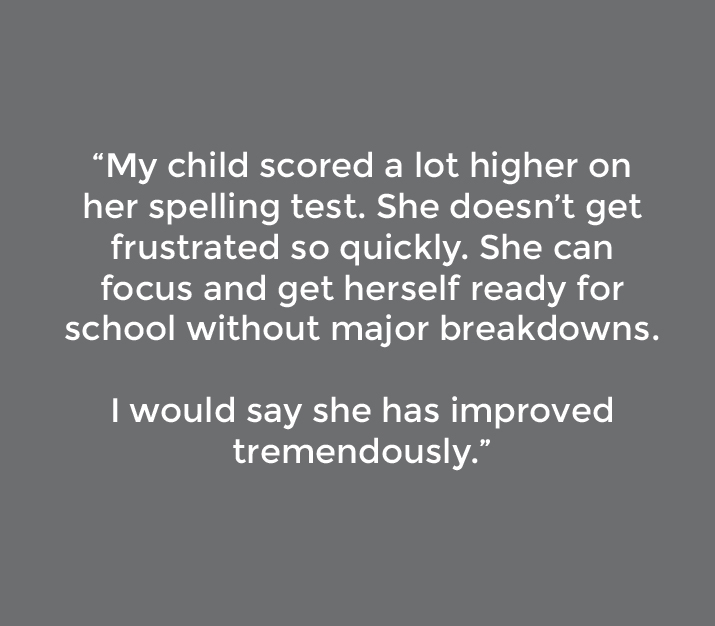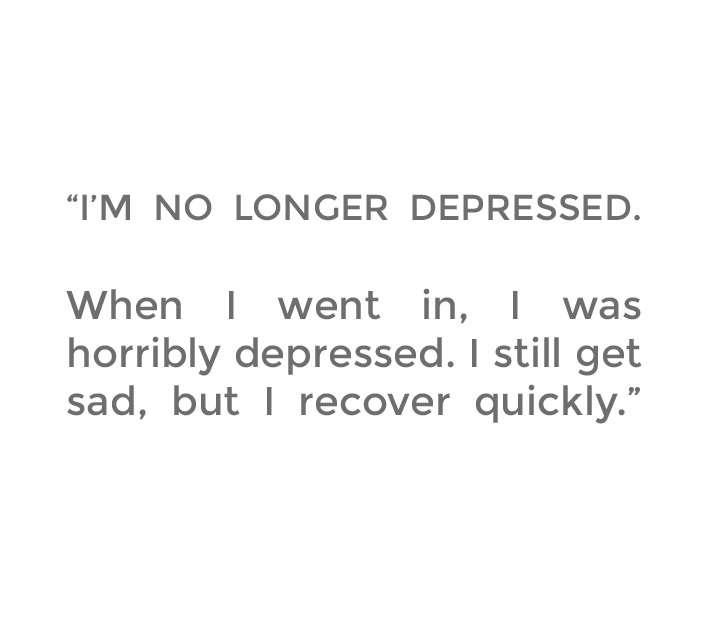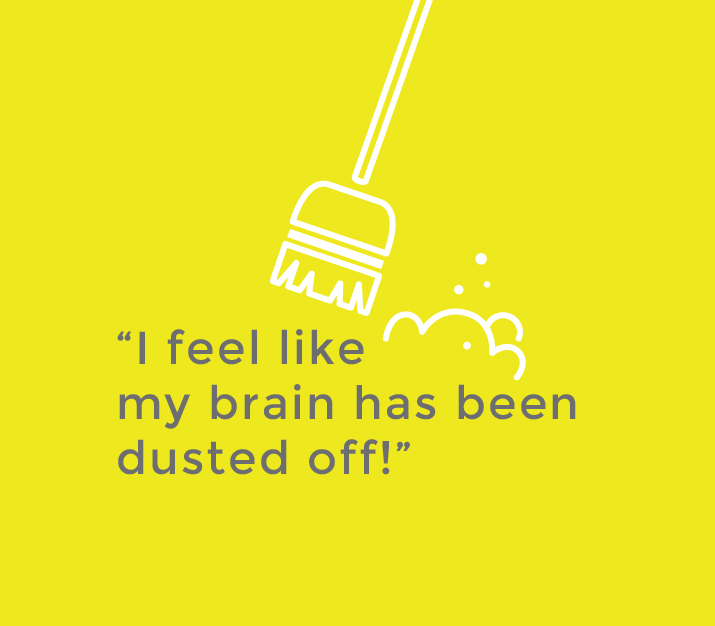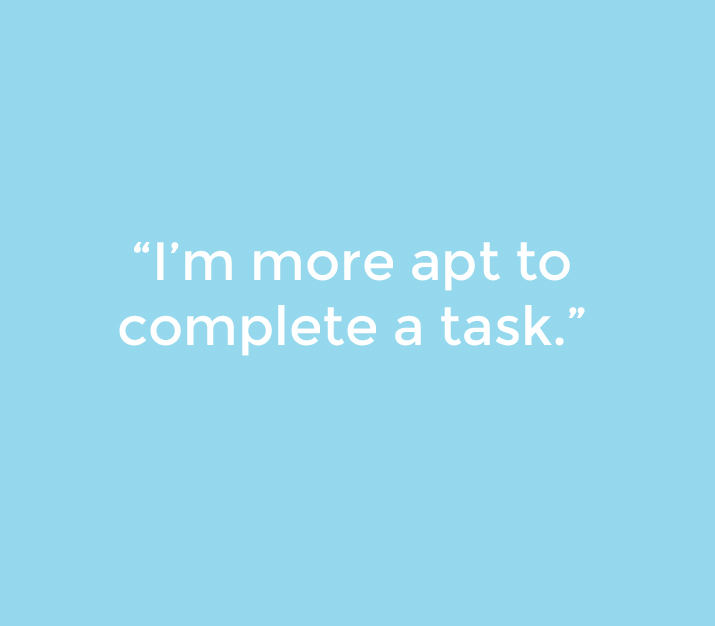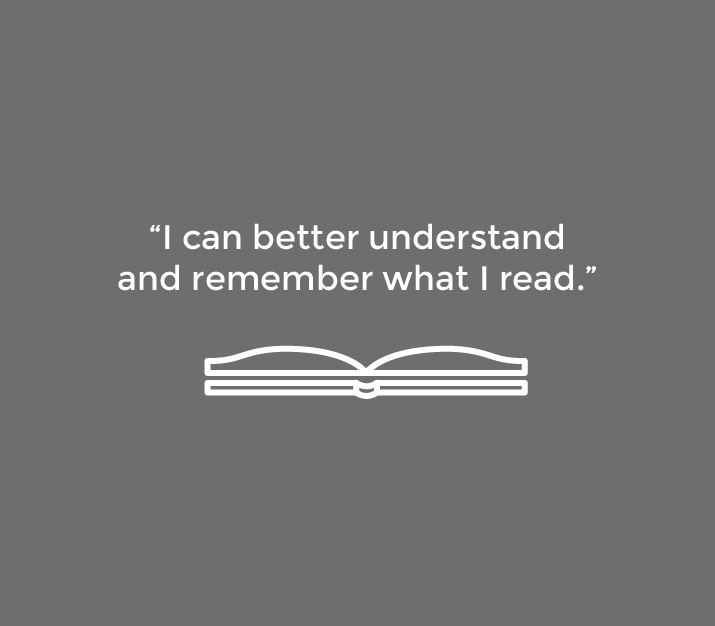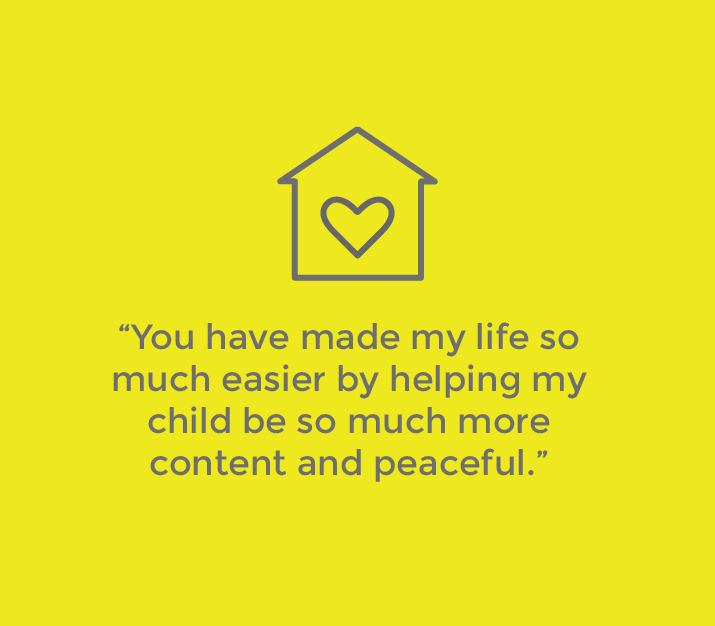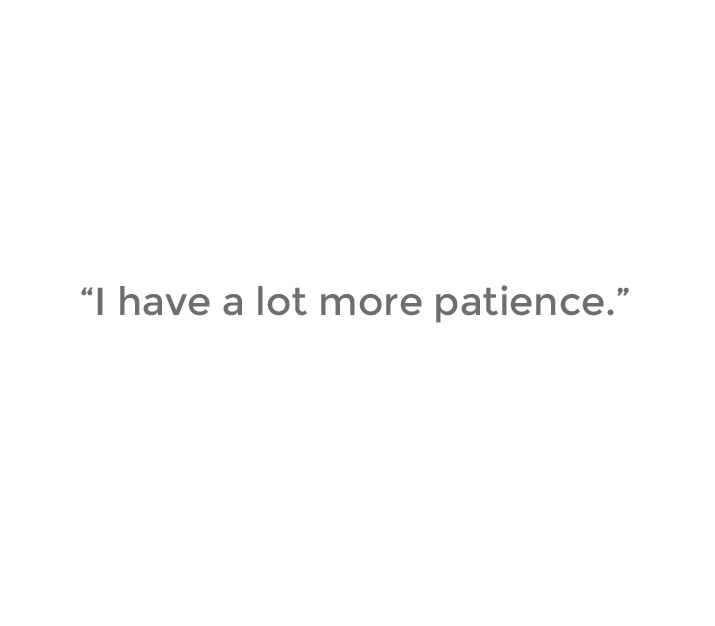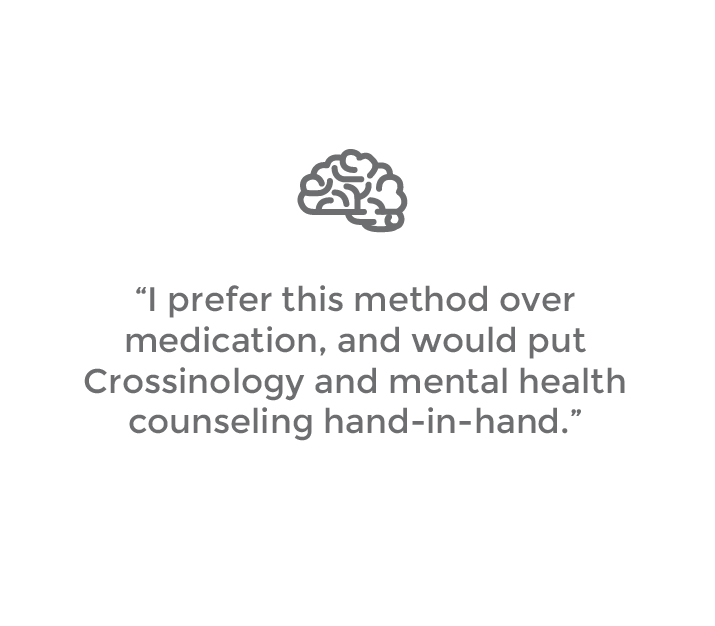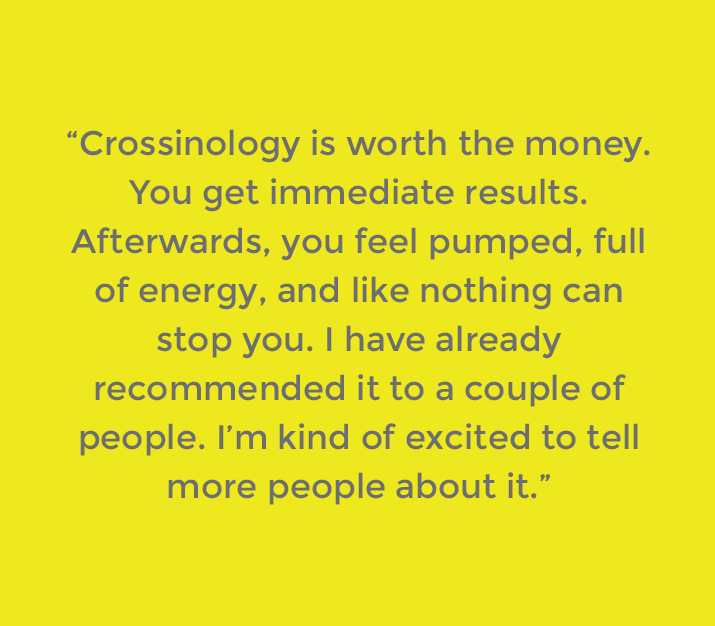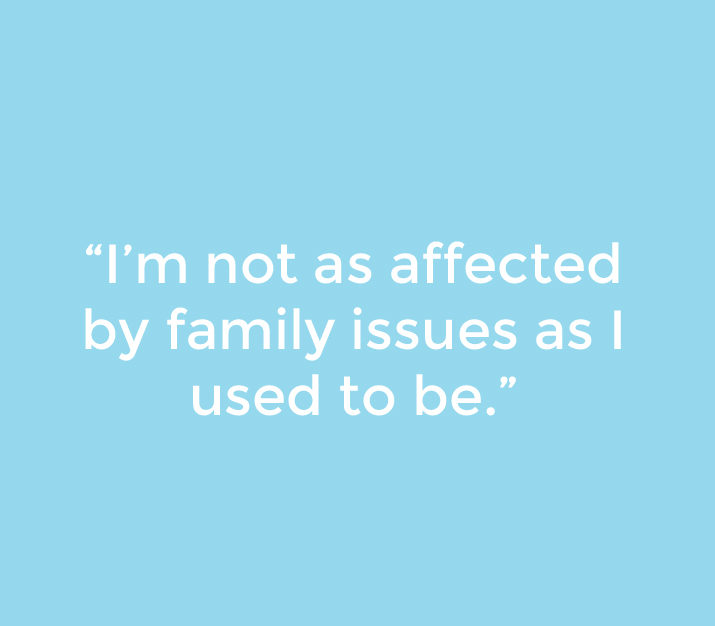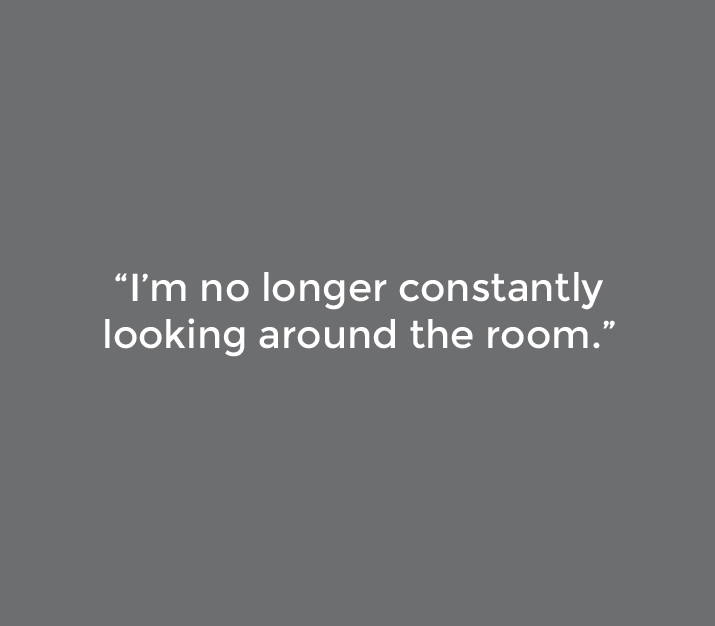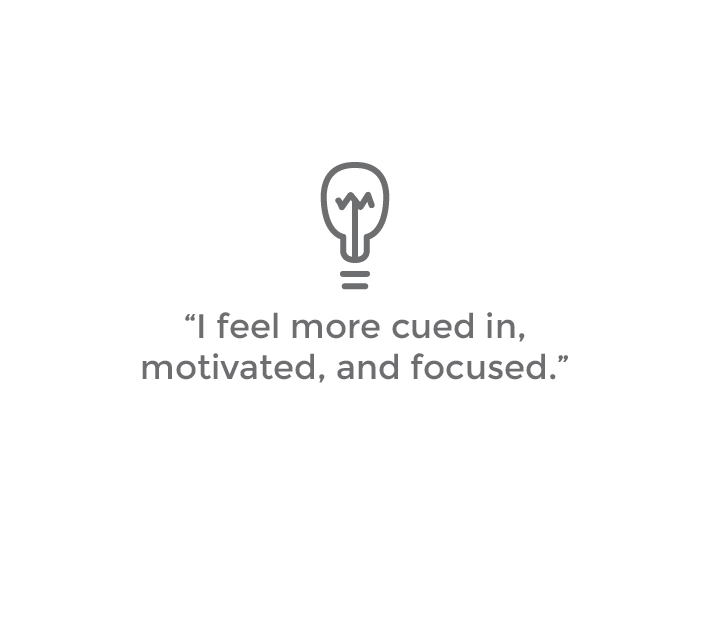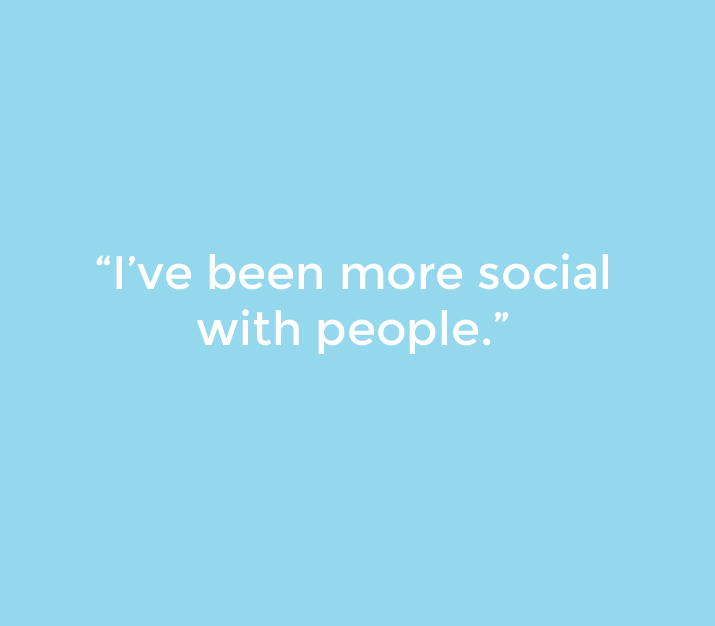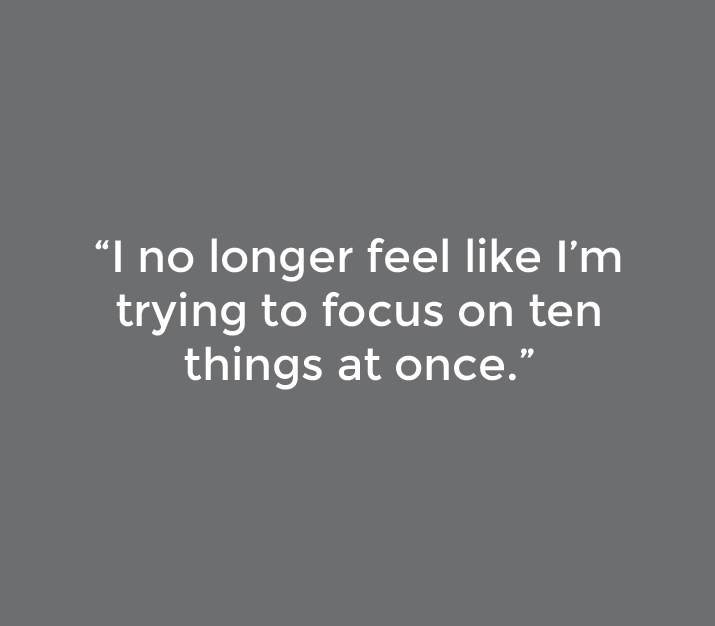The Eyes Have It - How Eye Movement Affects Learning - Crossinology Brain Integration
/Let’s play a game - you might want to do this with no one else around since it might cause you to receive some awkward looks from others. Okay, I want you to move your head up and down as fast as you can while still attempting to read this. Now, go left and right. Try some circles! Were you still able to read just fine? How were your eyes able to keep on the words?
Each eyeball is held in place by two ligaments that suspend it where it should be in the eye socket. In addition, there are six muscles attached to each eye that help to suspend it, but whose primary function is to move the eye in different directions. All of these muscles and ligaments must work in concert for the eye to work properly, for example, if you look right, the muscle on one side of the eyeball contracts while the muscle on the opposite side expands.
In addition to this, five of these eye muscles hook up directly to something called the sphenoid bone. This is a free-floating cranial bone. Since it’s free-floating, it can become stuck in a position that is not perfectly centered between the attached muscles. This causes some muscles to experience extra tension and affects their performance.
What happens if one or more of these muscles aren’t communicating properly with the brain? The eyes can’t move smoothly while tracking (left to right,) focus, and vergence (far to near.) Think of some of the activities you do everyday which could be affected by poorly performing eyes:
Specifically to learning disabilities, a child whose eyes can’t smoothly follow lines of text in a book would certainly have trouble reading. Jumpy eye movements result in missed words or letters, transposing, slower reading speeds, eye fatigue or headaches.
Working on the eye muscles is one of my favorite parts of the Crossinology Brain Integration Technique. In the beginning of the session, I like to show parents their child’s eye movements, pointing out any irregularities. At the end of the brain integration, I show them again - only now, their child’s eyes are moving smoothly in all directions. Eye muscle correction is one part of the technique which provides immediate and observable results.
If you or your child experiences any of the symptoms discussed above, let’s talk. You might be a good candidate for Crossinology Brain Integration. You can have a life-changing experience, all in eight to twelve hours!




